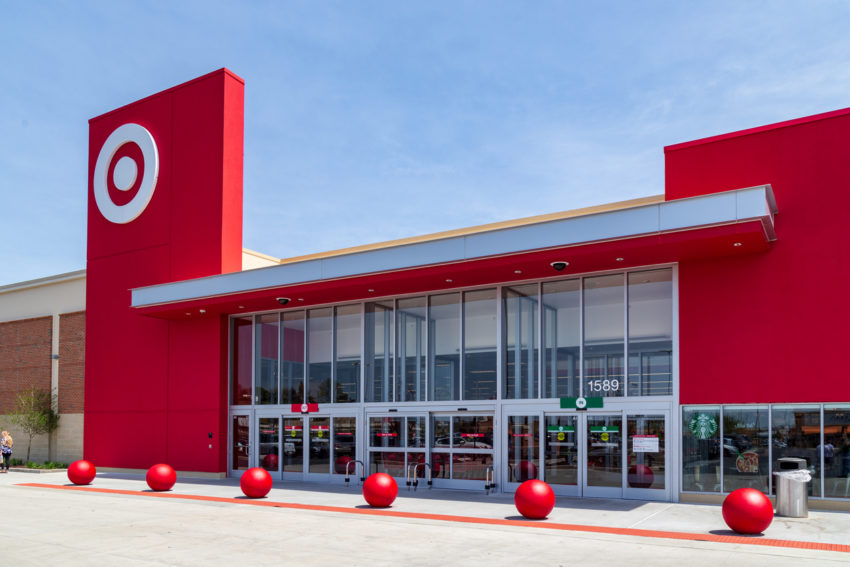
Share On Social!
In an effort to promote customer wellness and company transiency, Target retailers will add “clean” labeling to all products without commonly known harmful chemicals.
This is another phase of the corporation’s “chemical goals,” or its plan to reduce customer exposure to hazardous substances in products on the shelves.
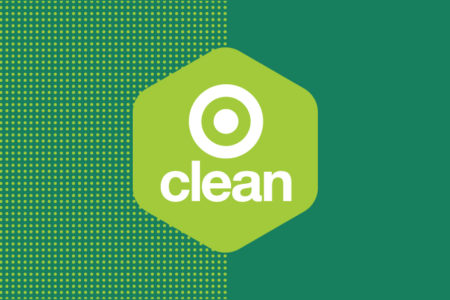 Consumers strongly desire for transparency in their merchandise, said Christina Hennington, Target’s senior vice president and general merchandise manager of essentials, beauty, hardlines, and services.
Consumers strongly desire for transparency in their merchandise, said Christina Hennington, Target’s senior vice president and general merchandise manager of essentials, beauty, hardlines, and services.
“Our guests are increasingly interested in better-for-you products, and by introducing Target Clean, we’re able to help them identify products that meet their needs and save time,” Hennington said in a statement.
Latinos, who face chemical exposure in the home, workplace, and especially in products on the market, should heed opportunities to limit contact with hazardous substances.
‘Target Clean’ and What It Means
This initiative was announced last month and should be seen in stores by the end of April, according to the company’s announcement.
Target will add the label all products in their “Home Essentials & Beauty” department that do not contain harmful chemicals:
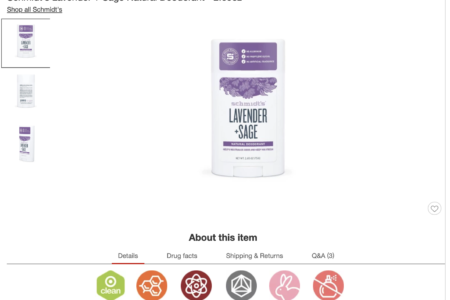 Products without propyl-parabens, butyl-parabens, phthalates, formaldehyde, formaldehyde-donors, nonylphenol ethoxylates (NPEs), Oxybenzone, SLES, retinyl palmitate, hydroquinone, triclosan, triclocarban, BHA, or BHT
Products without propyl-parabens, butyl-parabens, phthalates, formaldehyde, formaldehyde-donors, nonylphenol ethoxylates (NPEs), Oxybenzone, SLES, retinyl palmitate, hydroquinone, triclosan, triclocarban, BHA, or BHT- Deodorants without aluminum
- Oral care without artificial sweeteners
Those who have pets will also find the label on animal foods that lack artificial flavors, colors, or preservatives.
Target’s campaign has received praise from environmentalists, such as Mike Schade, director of activist coalition Safer Chemicals and Healthy Families’ “Mind the Store” campaign.
“This is a big deal,” Schade told Retail Dive. “Target deserves a lot of credit for expanding their commitment to drive harmful chemicals out of products. Target has set clear deadlines for action on priority chemicals of concern such as phthalates and flame retardants, and committed to publicly report on progress in implementing their new policy. The company to their credit also expanded their chemical reduction actions to other product categories such as textiles.”
Steps Toward Safe Products
In January 2017, the company rolled out its initial plan to promote safe products that do not contain hazardous substances.
It included three focus points:
- Transparency: be honest about all the ingredients in products, even generic brands, by 2020
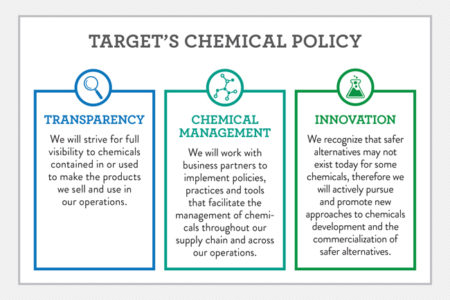
- Chemical management: Work with other companies to ensure chemical safety in products on Target’s shelves by 2020 for personal items and 2022 for textiles
- Innovation: Investing $5 million in environmentally friendly chemical advancements by 2022
“Our chemical strategy will be one of the most comprehensive in the U.S. retail industry, including all Target-owned and national brand products and operations, not just formulated products,” said Jennifer Silberman, Target’s chief sustainability officer in a statement. “It’s ambitious, but using our size, scale, and expertise, we think we’ll be able to make significant progress. And we hope our robust approach will accelerate similar efforts across the industry.”
Need for Change
Every day, people of color are experiencing exposure to environmental and chemical hazards.
Target’s wellness, environmentally focused initiative provides one alternative to buying products with a variety of dangerous substances. 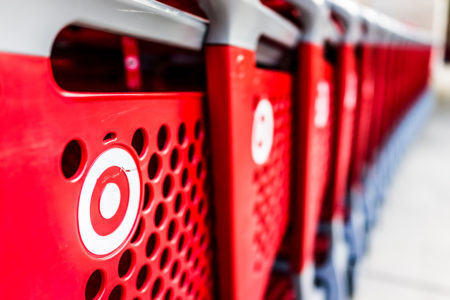
Still, Latinos are increasingly shopping online rather than in stores, according to the company’s CEO Brian Cornell.
“There’s almost a cocooning factor,” Cornell said at a technology conference last year. “[Latinos] are staying at home. They are going out less often. Particularly around border towns in the United States, you’re seeing a change in behavior.”
Cornell cited a recent industry-wide reduction in retail shopping amongst Latinos. The decrease has been associated with Latinos’ fear and anti-immigrant rhetoric coming from the Trump administration, according to MarketWatch.
While consumers can find the “Target Clean” label at physical locations, it is also in the descriptions of chemically safe products on the company’s online store.
Editor’s Note: This article is part of a collaboration between Salud America! and the Hoffman Toxicant-Induced Loss of Tolerance (TILT) program at UT Health- San Antonio. To find out if you are TILTed due to exposure to everyday foods, chemicals, or drugs, take a self-assessment or learn more about TILT.
Explore More:
Chemical & Toxic ExposureBy The Numbers
1
Quick Survey
Can help you find out how chemically sensitive you are



